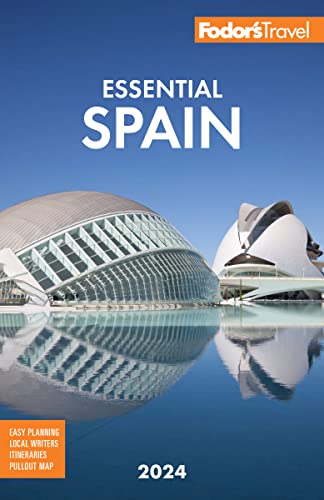Environmental protection laws shield much of Formentera, making it a calm respite from neighboring Ibiza's dance-until-you-drop madness. Though it does get crowded in the summer, the island's long white-sand beaches are among the finest in the Mediterranean; inland, you can explore quiet country roads by bicycle in relative solitude.
From the port at La Savina, it's only 3 km (2 miles) to Formentera's capital, Sant Francesc Xavier, a few yards off the main road. There's an active hippie market in the small plaza in front of the church. At the main road, turn right toward Sant Ferran, 2 km (1 mile) away. Beyond Sant Ferran the road continues for 7 km (4 miles) along a narrow isthmus, staying slightly closer to the rougher northern side, where the waves and rocks keep yachts—and thus much of the tourist trade—away.
The plateau on the island's east side ends at the lighthouse Faro de la Mola. Nearby is a monument to Jules Verne, who set part of his 1877 novel Hector Servadac (published in English as Off on a Comet) in Formentera. The rocks around the lighthouse are carpeted with purple thyme and sea holly in spring and fall.
Back on the main road, turn right at Sant Ferran toward Es Pujols. The few hotels here are the closest Formentera comes to beach resorts, even if the beach is not the best. Beyond Es Pujols the road skirts Estany Pudent, one of two lagoons that almost enclose La Savina. Salt was once extracted from Pudent, hence its name, which means "stinking pond," although the pond now smells fine. At the northern tip of Pudent, a road to the right leads to a footpath that runs the length of Trucadors, a narrow sand spit. The long, windswept beaches here are excellent.





